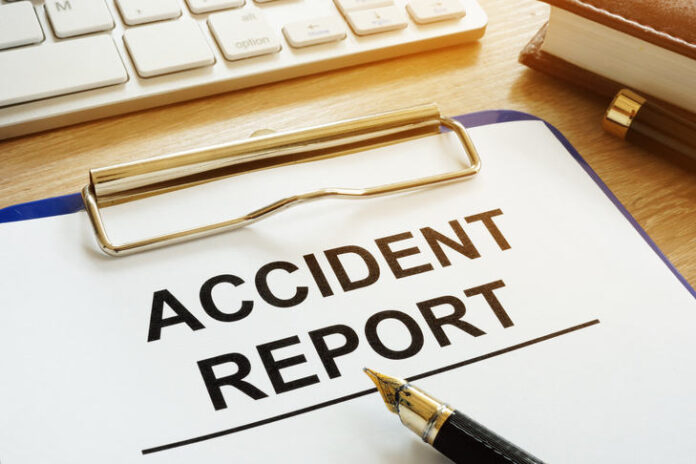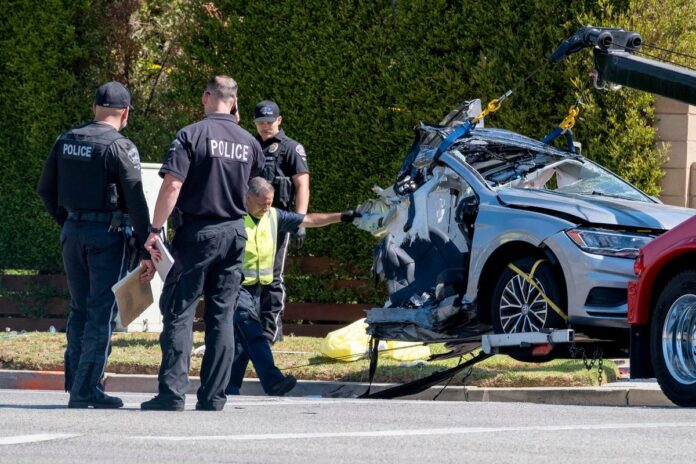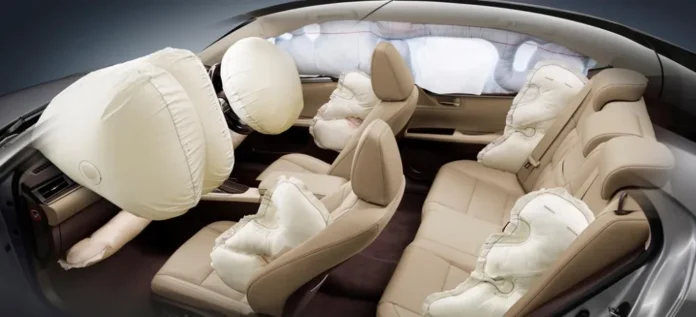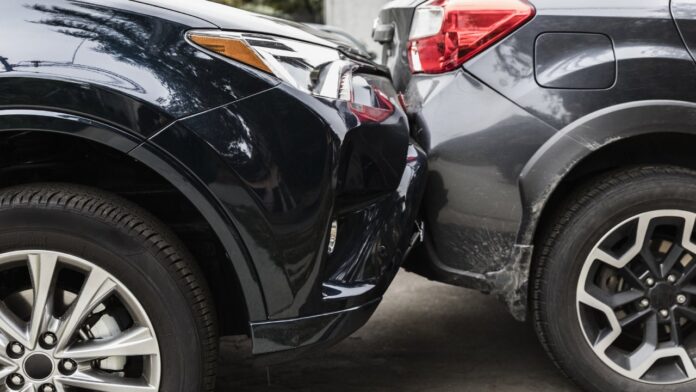You can get more information about your car accident from the police report after it has been filed. These reports are not written in everyday language because they are utilized for official police documentation. If you know what you’re looking for, it shouldn’t be too hard to decipher the crash report codes used in Georgia, learn more today.
Georgia’s Requirements for Accident Reporting

The standard Georgia police accident report has four sections:
- It’s the first page of the second page.
- Supplemental
- Overlay
- Following are descriptions of what happened in your collision, as seen by the responding police officer. This form can help explain what happened and provide data useful for filing an insurance claim or a personal injury lawsuit.
A copy can be obtained from BuyCrash or by contacting the Georgia Department of Transportation.
Introduction, First Page
Primitive details are included on the first page, such as:
- Details for making contact
- When and where
- Details on Health Coverage
- Model and year of the vehicle
- Responsible Party
When making a claim or launching a suit, the latter can be crucial. An official’s decision can put an end to any further argument if the opposing party in the incident tries to pin the blame on you. You’ll find the “Susp At Fault” field just below the “Unit #” heading. How the officer identified each vehicle and will refer to it throughout the report is indicated by the Unit #.
Two-Half Page
The officer’s report of the incident, along with accompanying graphics, is presented here. On occasion, it will be printed at the end of the report. Witness accounts, car damage, and other observations may be included.
While included in the record, these impressions are just that—their impressions—and may not tell the complete tale. Any insurance or legal issue should include the officer’s version of events.
Supplemental
This appendix includes supplemental materials, as the name implies, such as:
- The Story Continues
- Added Diagrams
- Extra Occupants in Cited Works
In the case of more complex collisions, appendices will inevitably be lengthy. This is not terrible, as additional information may shed light on mysterious crashes.
Overlay
This section contains the majority of the crash report codes used in Georgia. When interpreted correctly, the overlay can provide a lot of data for determining what caused the accident. A complete key to these codes is available from the Georgia Department of Transportation (GDOT) and arranged in useful categories.
In what ways does the Georgia Uniform Motor Vehicle Accident Report differ from other states’ forms?
Some sections of the accident report are written in plain English. The report makes it clear, for instance, exactly where each of the involved parties is stated. Some more fundamentals are as follows:
- When did the accident occur?
- Specifics on the automobiles in question
- Situations and choices made by drivers
- Details about licenses and insurance coverage
- Information Needed for Heavy Vehicles
Understanding the Accident Report Coding System

You may not notice at first, but the report also contains crucial information. That’s because cops employ codes to convey details about the collision. Each box has a series of numbers representing these codes. The overlay gives us a good clue as to how to read this. The information is described using the codes, which include:
- The initial or most devastating occurrence
- Reasons for the collision (the cars and the drivers)
- Problems with the roads
- Information about routes and traffic patterns
- Driving maneuvers
- actions were taken by third parties (including pedestrians and employees).
- Categories of vehicles
- What component of the car was hit, or where the impact actually took place.
- Different Injuries
Purpose of Airbags

By interpreting the officer’s codes, you can learn a great deal that will assist you to understand the collision. Your case will benefit greatly from details on the accident’s circumstances, the extent of the damage to your vehicle, and the severity of your injuries.
All of this depends on the view of the police officer assigned to your case, but it can help you win compensation after a car accident. The policemen who are tasked with investigating accidents see many. When it comes to investigating and determining the outcomes of accidents, they have specialized knowledge and experience. An Accident Report that includes the thoughts of a seasoned officer can be a crucial piece of evidence in demonstrating fault after an automobile crash.
Minimum Legal Age for Drivers
Both the federal government and Georgia keep tabs on drivers’ ages as one of many metrics. The crash rates are highest for new drivers, specifically those between the ages of 16 and 17. Therefore, Georgia is constantly researching new methods of driver education in an effort to improve road safety. There are also alarmingly high mortality rates among drivers aged 80 and up.
Reporting ages on a crash report
The Age field also keeps tabs on any witnesses or bystanders to the crash. The typical ranges of ages are as follows:
- Infants younger than 1 year
- Age in years, if between 1 and 98
- 98: At least 98 years old
- Unknown 99
Usually, the age listed here is the actual age of the driver or any passengers in the accident. Only very young or very old people, or those who are otherwise socially isolated, are likely to utilize a code. The age group “is what it is” instead, in most cases.
Accident report “Airbag Function” codes in Georgia
The Georgia Crash Report allows you to choose from a number of different airbag configurations. The presence or absence of an airbag in a certain seat should be noted for every passenger in the vehicle.
There are front and side airbags available for various vehicles. If both are deployed, the crash report should reflect that (maybe as Deployed in Both Directions). The following overarching classes can be chosen from:
- This seat has no airbag
- The airbag went off
- Air Bag Not Opened
- Side Sent Out
- Sent in different directions
- Sent in more than one direction
- A front that isn’t in use
- The side that isn’t deployed
- Not Deployed, Going in Other Directions
- Not Deployed, More Than One Direction
- Curtain Put Up








